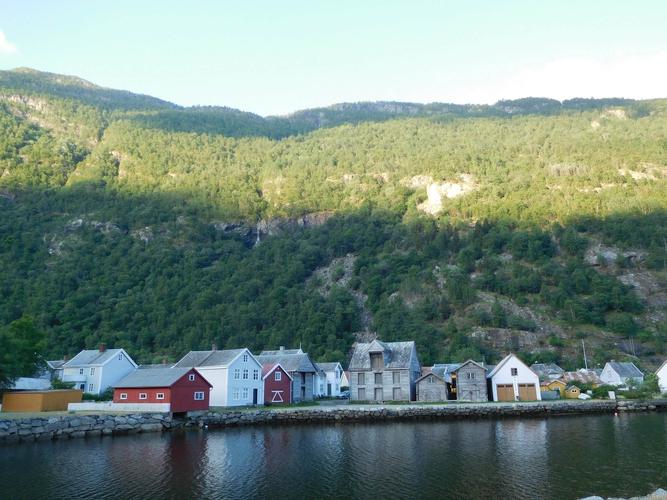Preserving the Legacy of the World’s 1st Heritage Site
When we talk about heritage sites, our thoughts often wander to the magnificent monuments and architectural marvels that stand tall and proud, narrating their rich histories to the world. However, when it comes to preserving these sites, things are seldom as glamorous! Heritage conservation requires meticulous planning, thorough research, and a deep understanding of the cultural and social nuances that these sites represent.
One such site that has been the subject of much attention lately is the world’s first heritage site, the Old City of Jerusalem. It is a place that holds immense cultural, religious, and historical significance for people of various faiths and nationalities. The city’s landmarks and buildings have borne witness to the rise and fall of empires, wars, and battles, and have played a vital role in shaping the world’s political, historical, and cultural landscape.
However, all of this rich history and heritage is under threat due to various man-made and natural factors, including climate change, economic development, and unchecked urbanization. The challenge facing conservationists and researchers today is to find innovative ways to preserve the legacy of this ancient city while also ensuring that it remains accessible to future generations.
So, what are some of the strategies that are being used to preserve and protect the Old City of Jerusalem?
Firstly, there is a strong emphasis on using traditional and sustainable building materials and methods wherever possible. This approach not only helps to maintain the authenticity and character of the city’s architecture but also ensures that the buildings are in harmony with the local environment. Furthermore, there is also a drive towards using local labor and skills to ensure that the community is invested in preserving its heritage.
Secondly, there is a concerted effort being made to increase public awareness about the importance of heritage conservation through education, outreach programs, and cultural events. By spreading knowledge and appreciation of the cultural and historical significance of the old city, these programs aim to encourage local communities to take ownership of their heritage and to play an active role in preserving it.
Thirdly, there is a focus on developing a sustainable tourism industry that respects the city’s history and heritage while also providing economic opportunities for the local community. Sustainable tourism practices help to reduce the impact of tourism on the city’s fragile ecosystem, while also creating jobs and driving economic growth.
Finally, collaboration and cooperation are essential to preserving the Old City of Jerusalem’s legacy. Partnerships between local communities, conservationists, researchers, and government agencies are necessary to ensure that the policies and strategies implemented are effective and sustainable in the long run.
In conclusion, preserving the Old City of Jerusalem’s heritage is a complex and daunting task. But by using traditional and sustainable building methods, increasing public awareness, developing a sustainable tourism industry, and collaborating with all stakeholders, we can help maintain this ancient city’s identity and legacy for generations to come. It is imperative that we continue to invest our time, resources, and expertise to preserve our rich cultural heritage and ensure that it remains accessible to people from all walks of life.
(Note: Do you have knowledge or insights to share? Unlock new opportunities and expand your reach by joining our authors team. Click Registration to join us and share your expertise with our readers.)
Speech tips:
Please note that any statements involving politics will not be approved.
